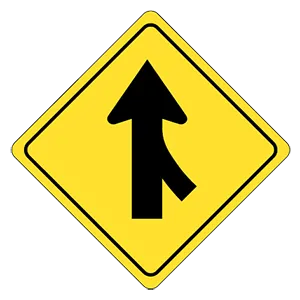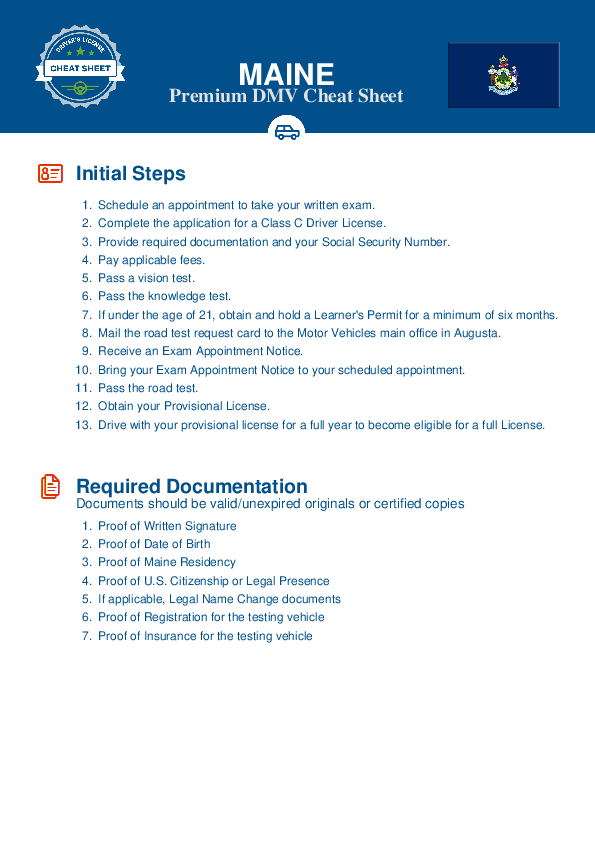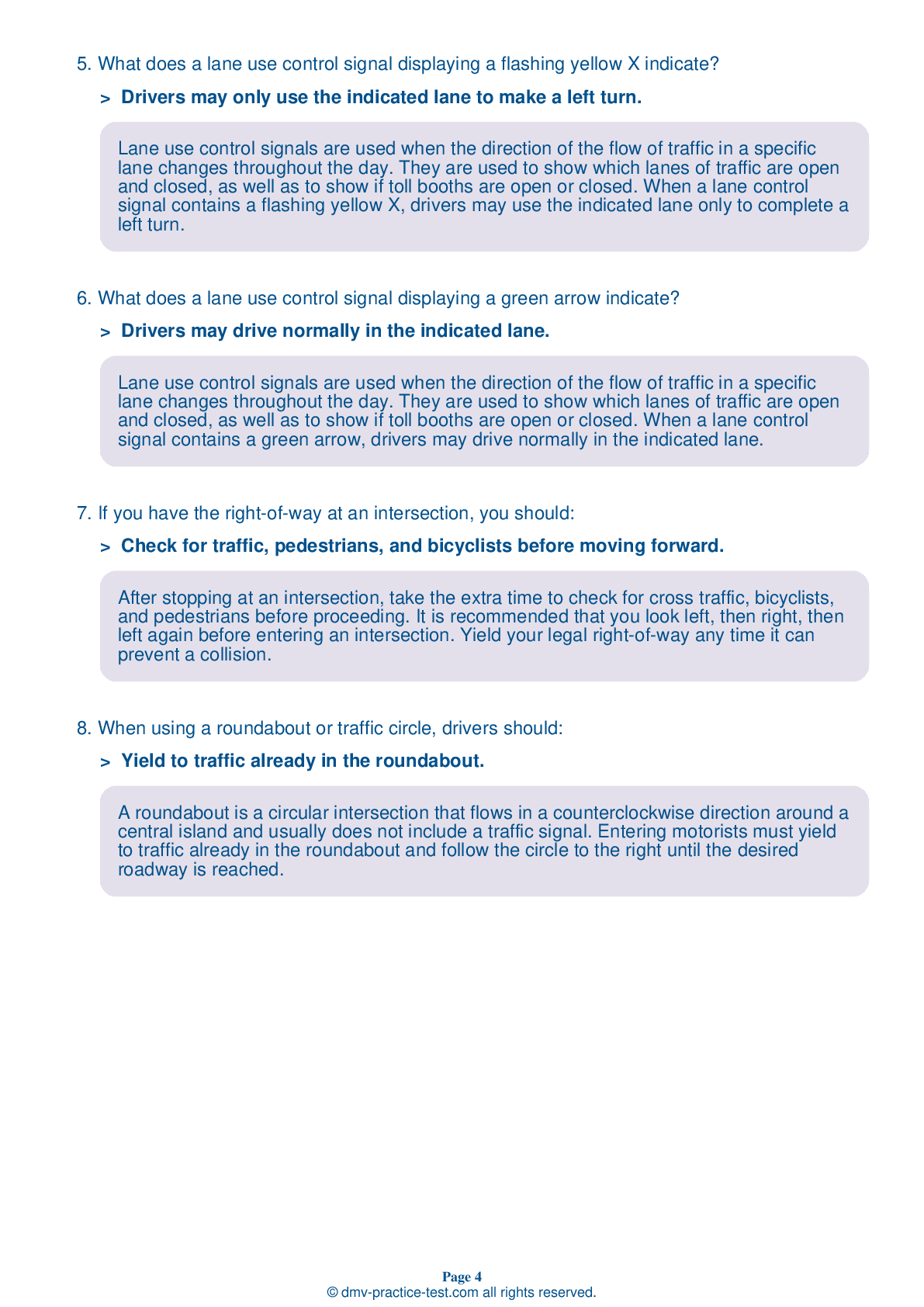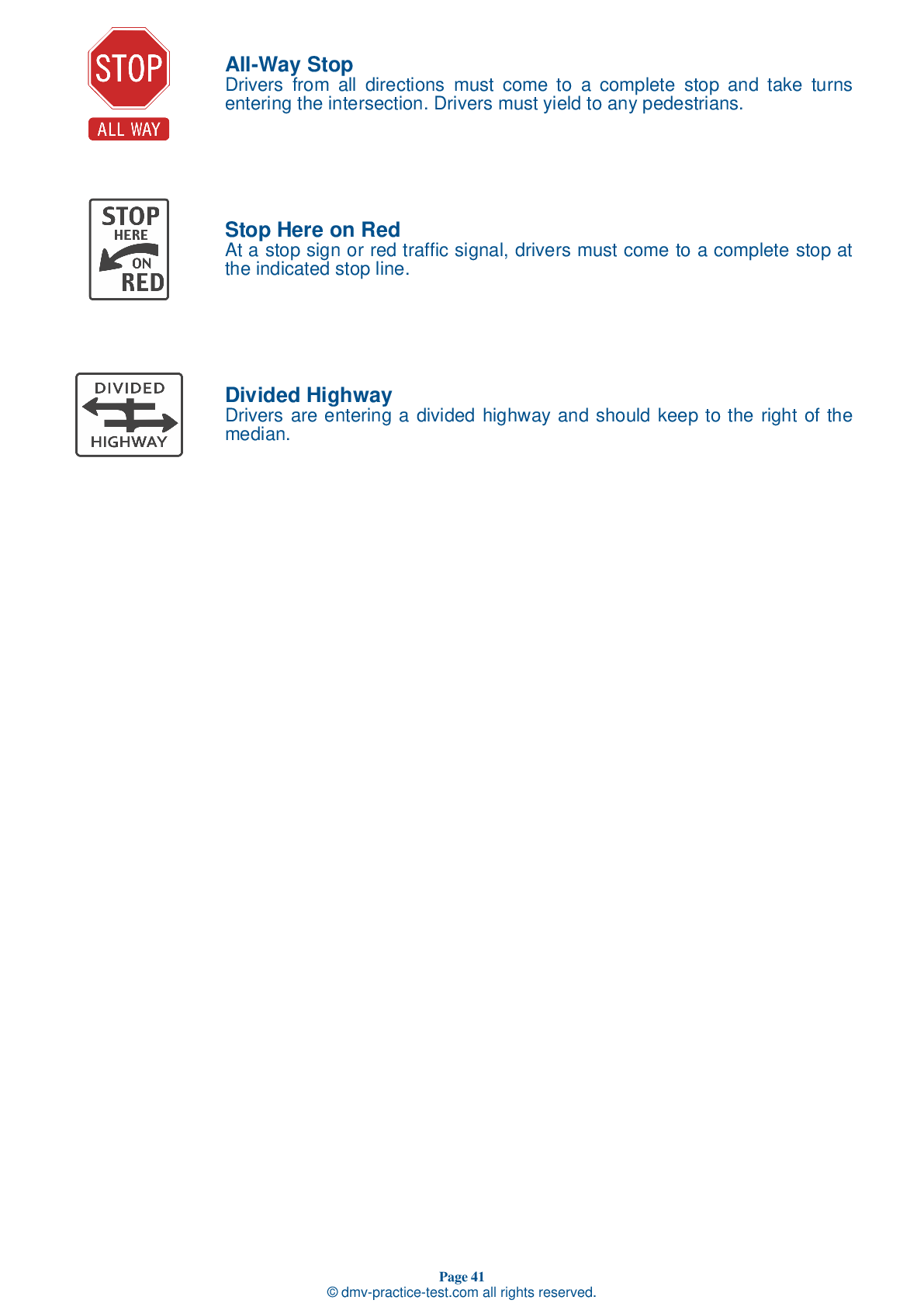FREE Maine DMV Practice Test #18 Page 5 of 7
For January 2025, Maine's DMV practise exams have been updated. It includes questions based on the most important traffic signals and legislation for 2025 from the Maine Driver Handbook. To study for the DMV driving permit test and driver's licence exam, use actual questions that are very similar (often identical!) to the DMV driving permit test and driver's licence exam.
Each question on the practise exam has a tip and explanation to help you recall the ideas. Questions about traffic rules, traffic signs, and driving statutes, as well as knowledge from the Driver Handbook, will be included in the written portion of the official Maine DMV test.
You must properly answer 50 of the 60 questions to receive a passing mark. To help you prepare for your Maine instruction permit or driver's licence, take our DMV practise test.
The DMV exam is offered in a variety of languages.
Using any form of testing help will result in an automatic fail, and the DMV may take further action against your driver's licence, so avoid it.
33 . You may speed if it is necessary to complete a pass.
Do not pass if you have to drive above the maximum speed limit to complete the maneuver. Always follow the legal speed limits.
34 . To improve visibility lowered by rain or fog, drivers should use their:
Use low beam headlights when driving in rain, snow, sleet, or fog. High beam headlights in adverse weather conditions lower visibility by reflecting off the precipitation and back into the driver's eyes.
35 . When should you drive in a lane underneath a lane use control signal displaying a red X?
Lane use control signals are used when the direction of the flow of traffic in a specific lane changes throughout the day. They are used to show which lanes of traffic are open and closed, as well as to show if toll booths are open or closed. Never drive in a lane controlled by a red X.
36 . When parking your vehicle on any hill:
When parking on a hill, you should always leave your vehicle in gear or in the "park" position. If there is no curb, you should turn your front wheels so that the vehicle will roll away from the center of the road if the brakes fail. If there is a curb, the front wheels should be turned toward it (if headed downhill) or away from and gently touching it (if headed uphill).
37 . When you see this sign, you should:

Warning signs alert drivers to upcoming hazards and are usually yellow with black markings. This sign warns drivers about potential traffic merging into their lane from the right.
38 . When parking next to a curb, you should use your turn signals:
Drivers should signal when pulling next to a curb or away from a curb.
39 . To ensure that your physical condition does not cause you to drive in an unsafe manner, you should:
Your physical condition has an important bearing on your ability to drive safely. Drivers should be aware of their physical limitations and only drive if it is safe to do so.
40 . You are driving on a one-way street. You may only turn left onto another one-way street if:
You may turn left onto a one-way street that moves to the left if there is no sign prohibiting the turn. You may not turn left onto a one-way street where traffic moves to the right.
Need Car Insurance? No problem!
Compare the best rates in Maine and find a personalized policy that meets your needs.
1. Are You Currently insured ?
2. Married ?
3. Do you own your Home?
4. Do you have more than 1 car ?
5. Have you or a Family Member Honorably Served in U.S. Military ?
6. Your Name
7. Age
8. Zip code
IMPORTANT REMINDER:Auto Insurance is Mandatory to drive in Maine. Get covered before you hit the road to avoid any fines.
Ranked by best match



